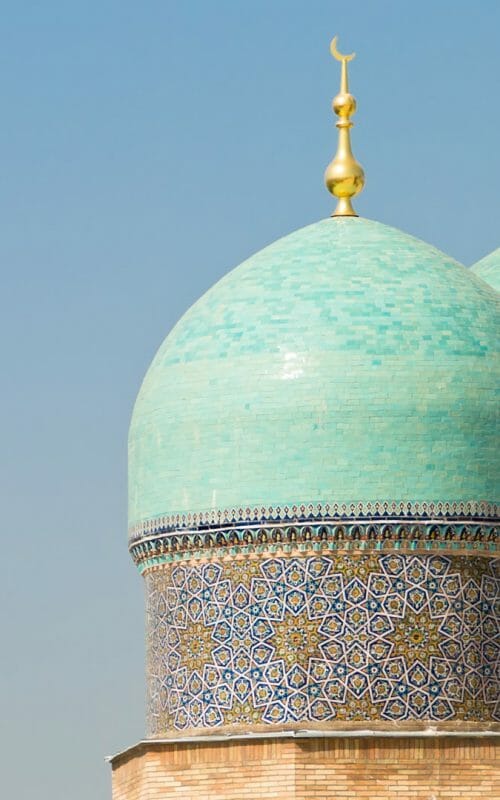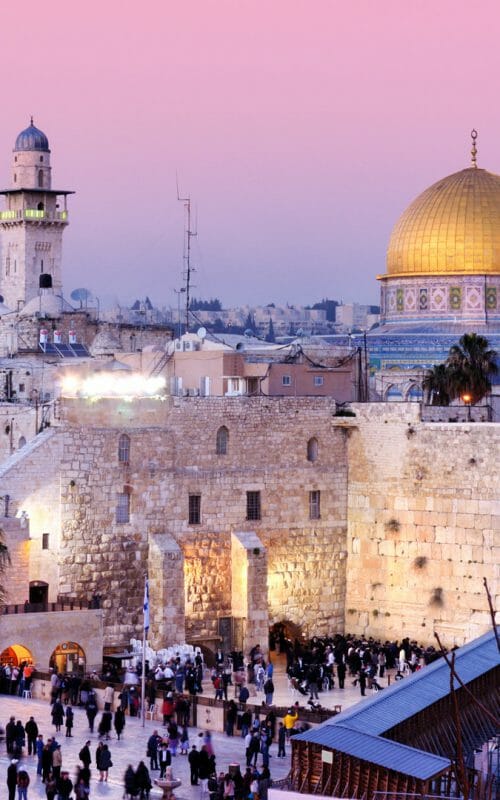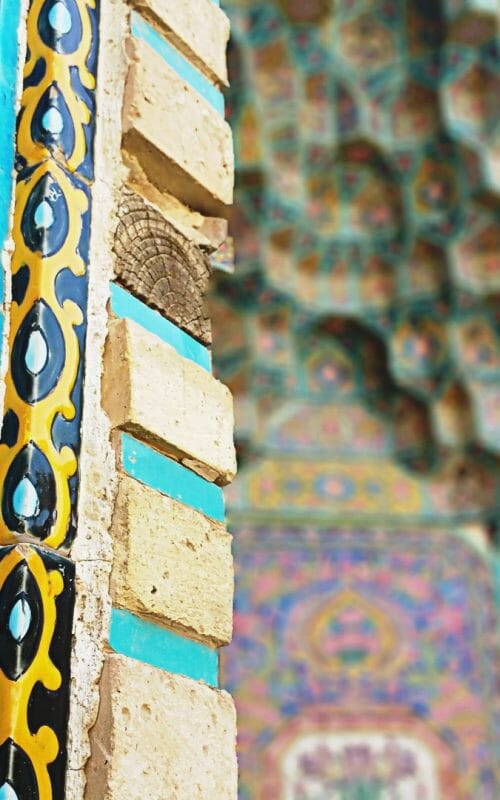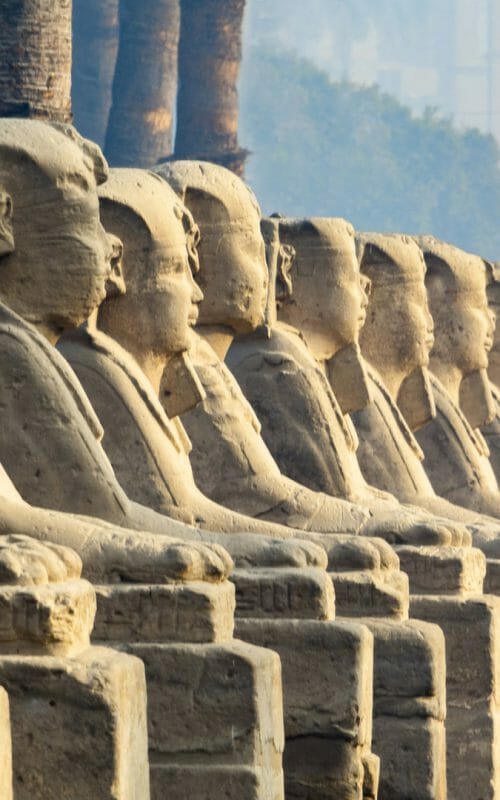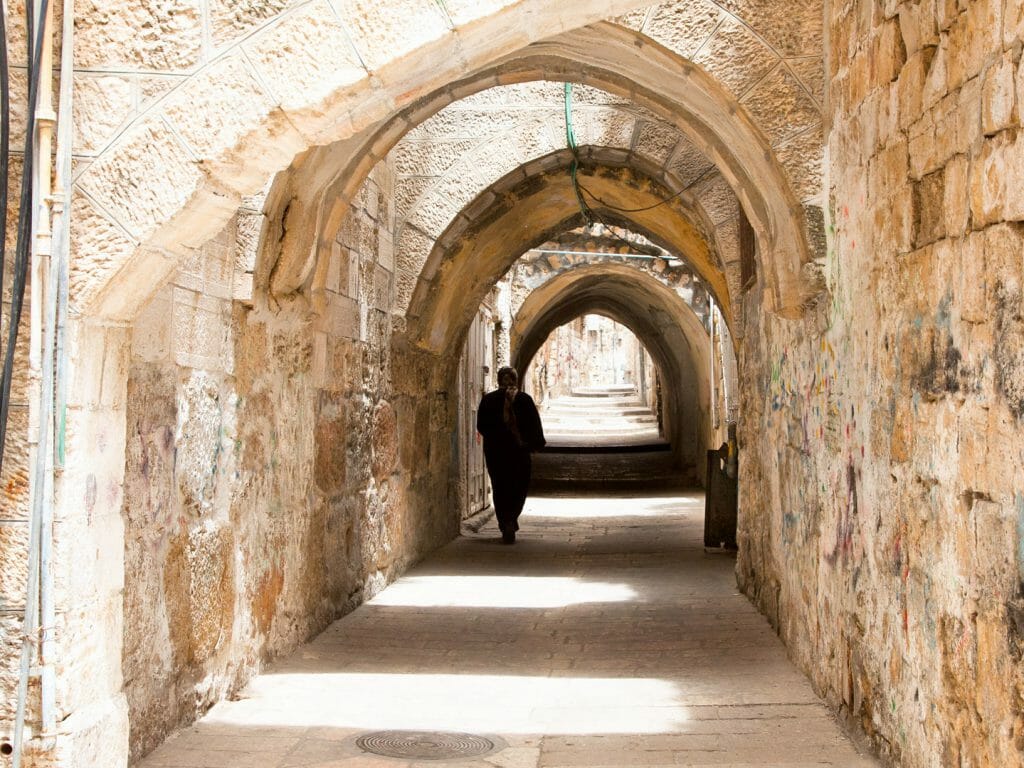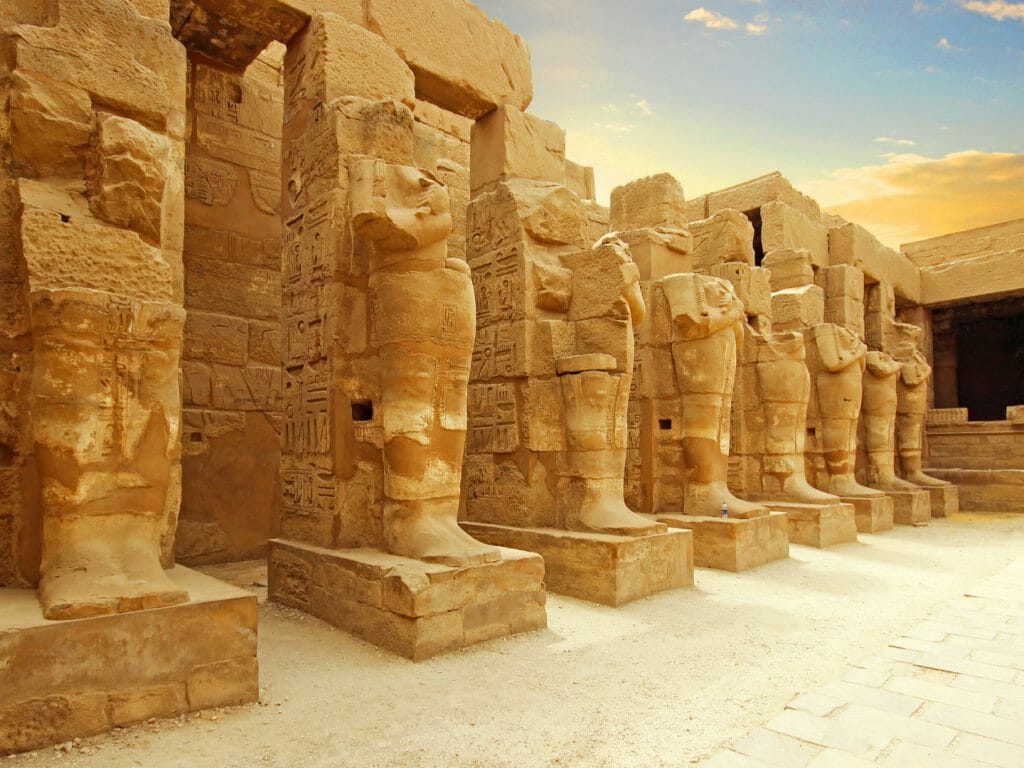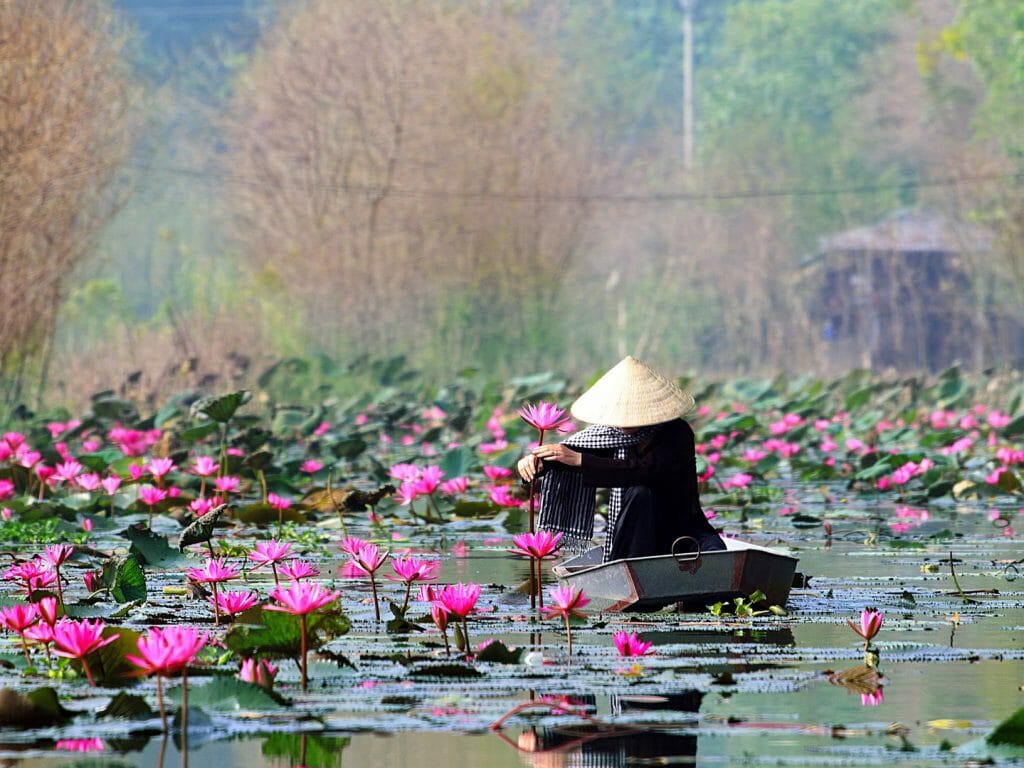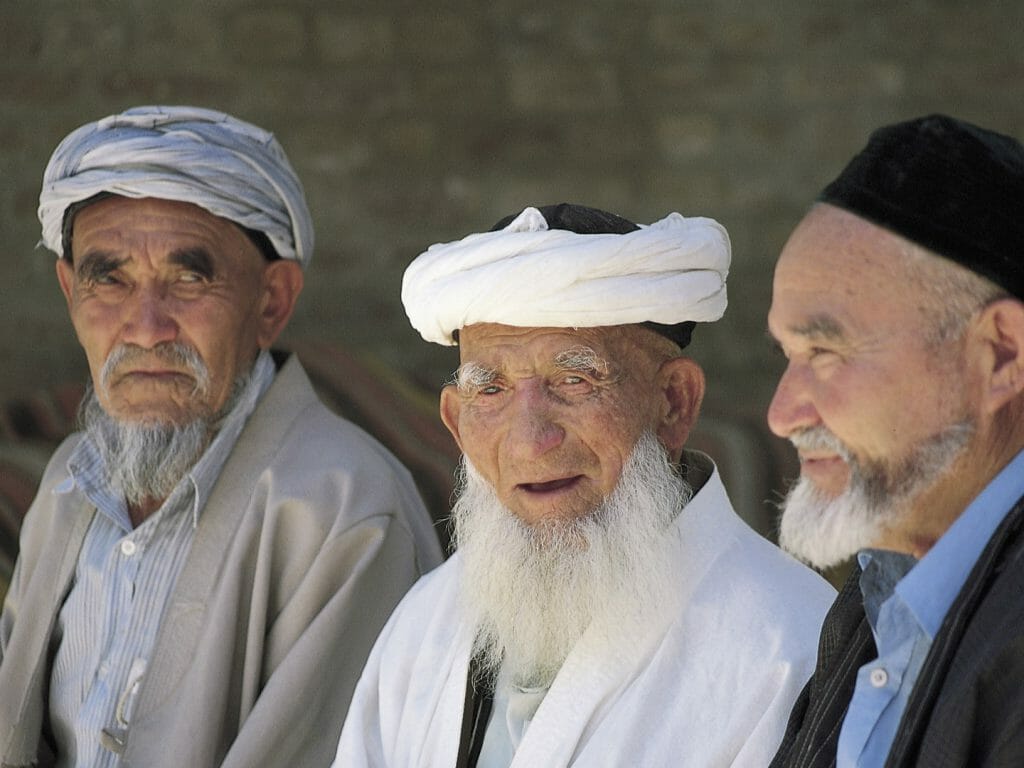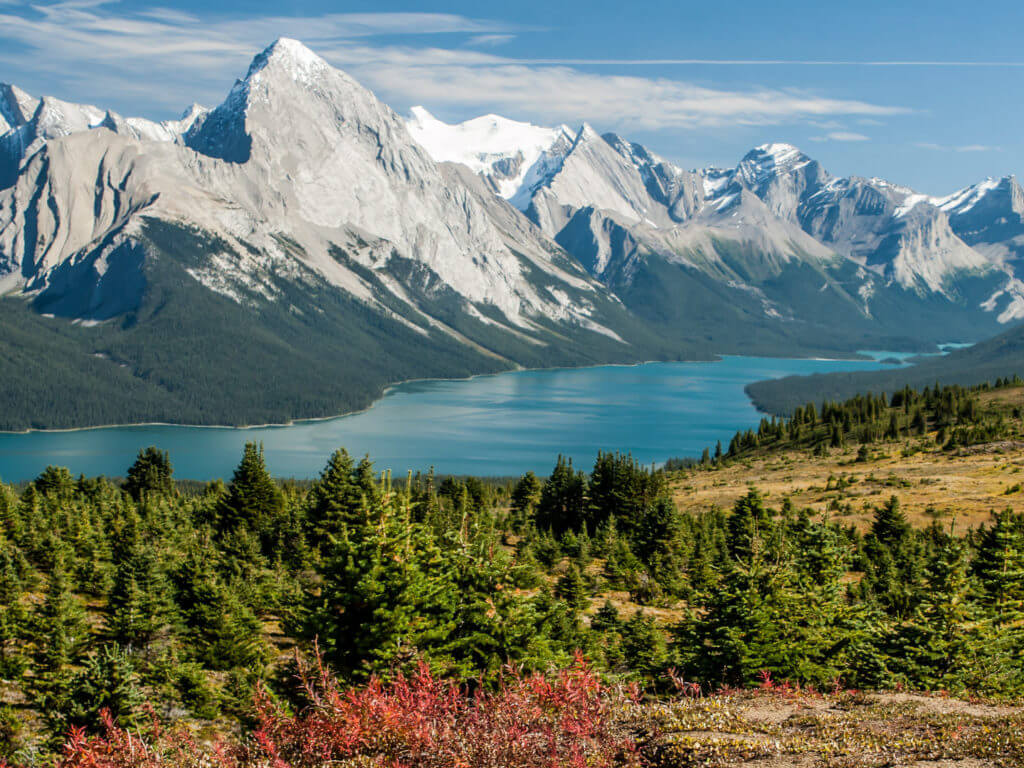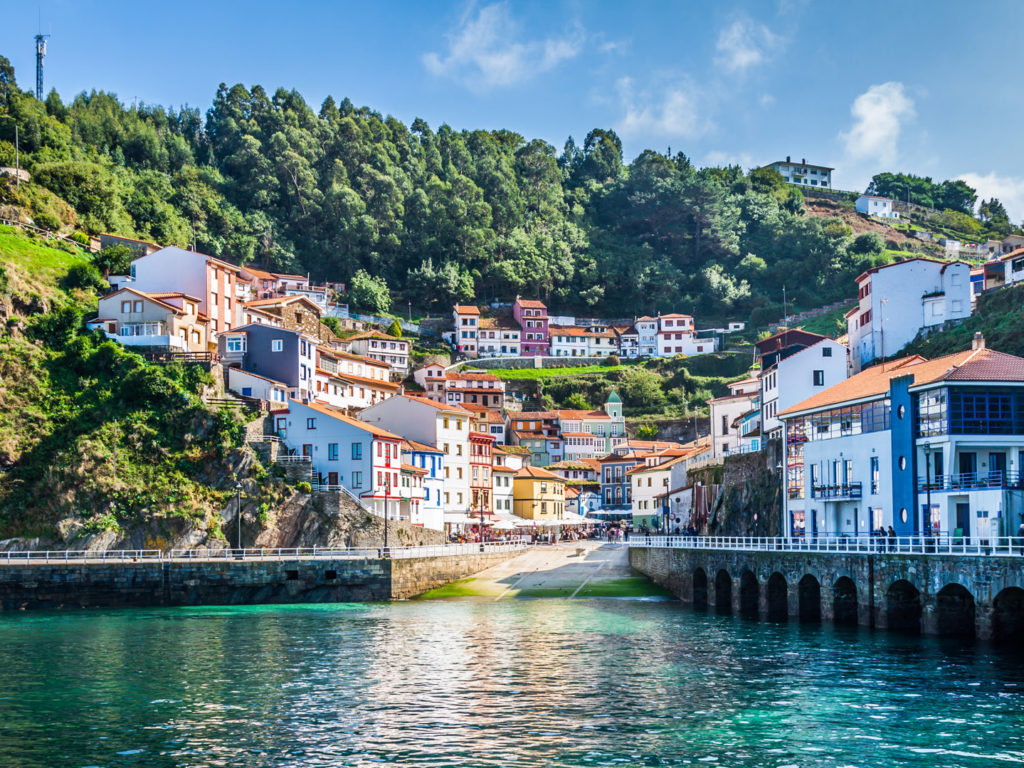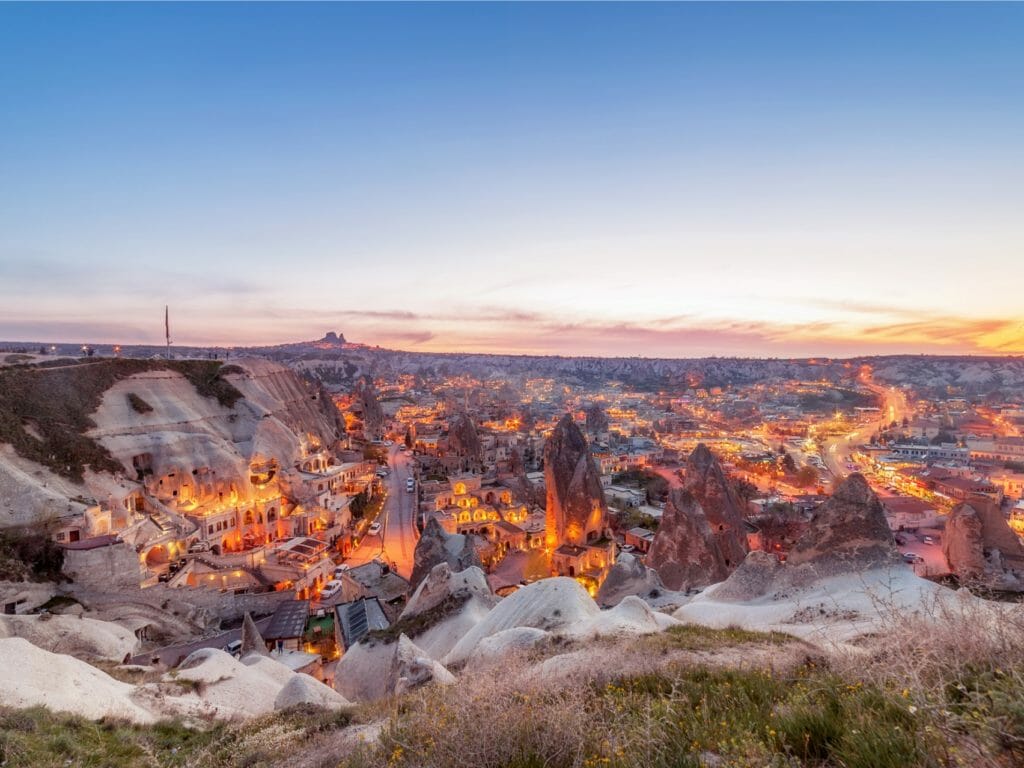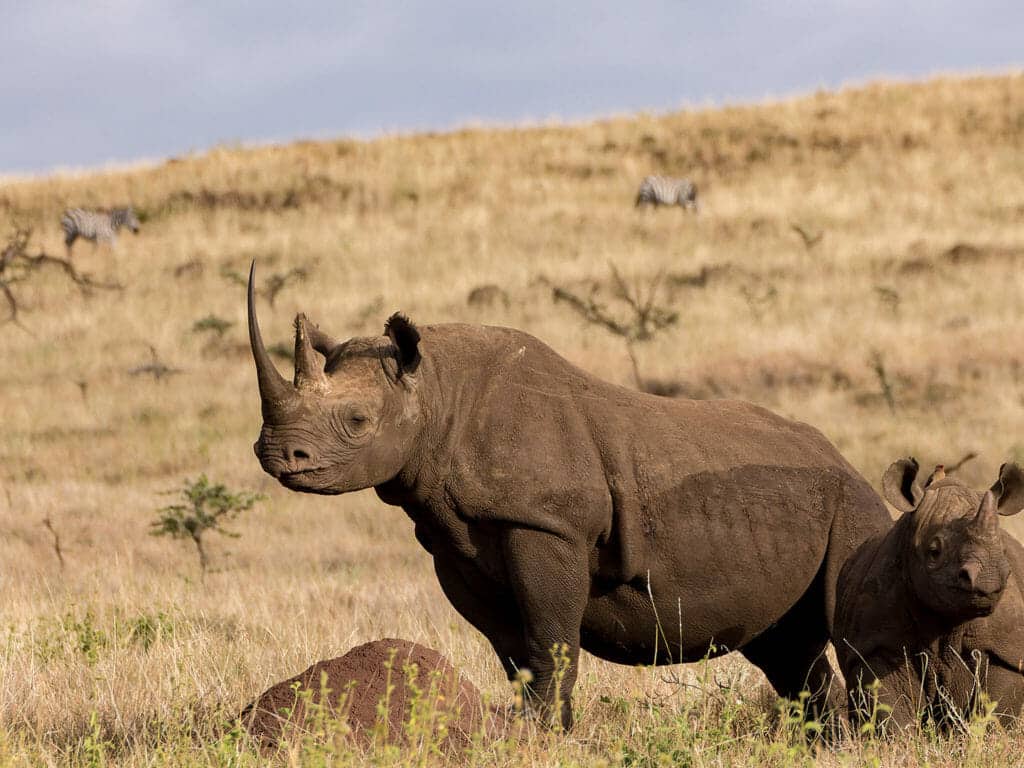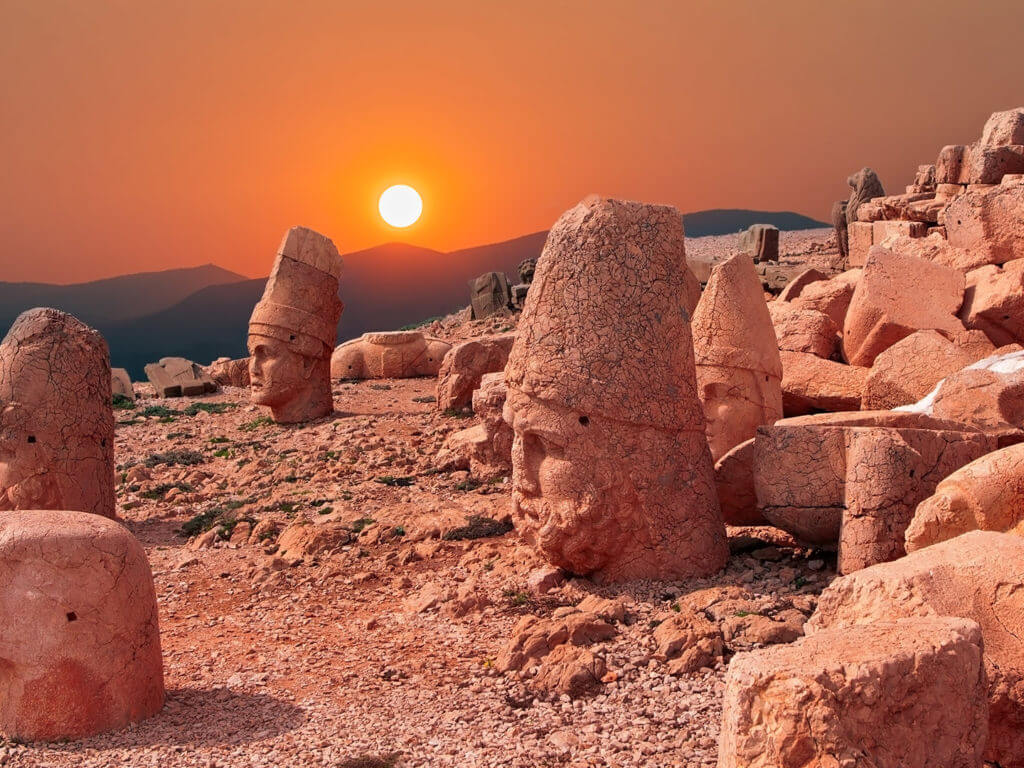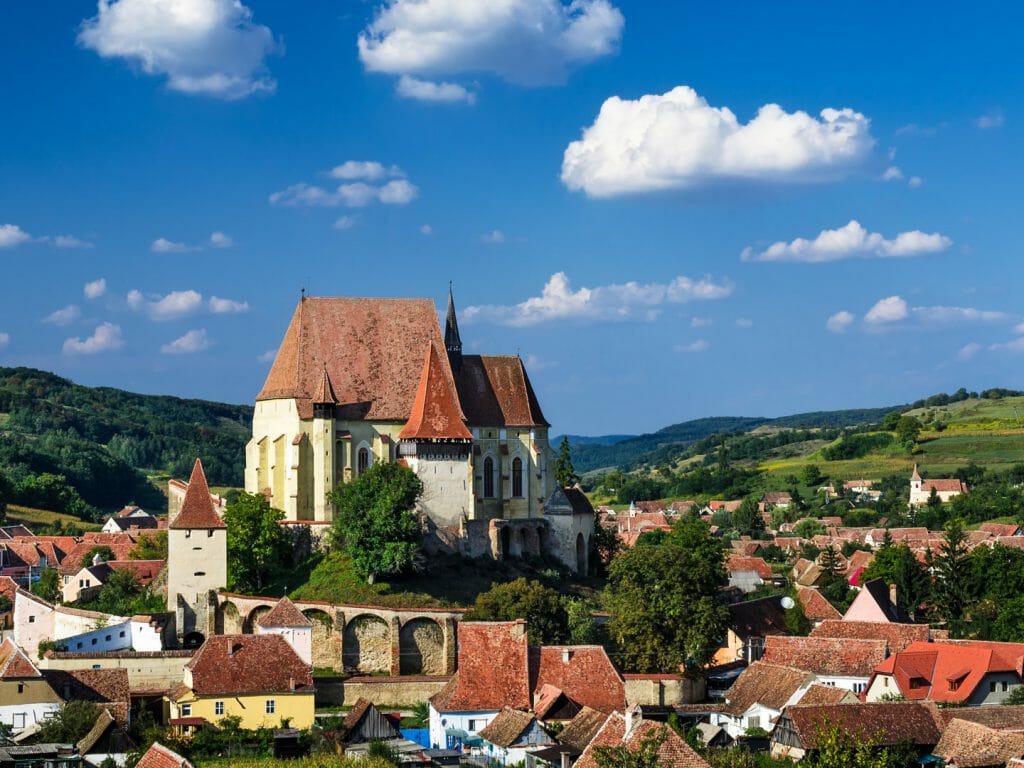By journalist, historian and travel writer – Justin Marozzi
This article is an excerpt from our new Traveller magazine – please get in touch with us to receive your free copy
Am I allowed to say that my new book, Islamic Empires, is as much a completely mouth-watering travel itinerary to some of the most spectacular cities on earth as it is an epic history of the Muslim world? By telling this story through 15 cities over 15 centuries, one city and one century at a time, I deliberately thrust these great urban centres onto centre stage and into the heart of my story.
Islamic civilization – from the Latin civis, a citizen, which in turn is related to civitas, a city – was once the envy of the world. From a succession of glittering, cosmopolitan capitals, Islamic empires lorded it over the Middle East, North Africa, Central Asia and swathes of the Indian subcontinent, while Europe cowered feebly at the margins. For centuries the caliphate was both ascendant on the battlefield and triumphant in the battle of ideas, its cities unrivalled powerhouses of artistic grandeur, commercial power, spiritual sanctity and forward-thinking ideas, in which nothing was off limits.
Where to begin? No question but to kick off in seventh-century Mecca with the story of the Prophet Mohammed and the birth of Islam. To this day it remains steadfastly closed to non-Muslims while attracting two million Muslims a year on their hajj, or pilgrimage.
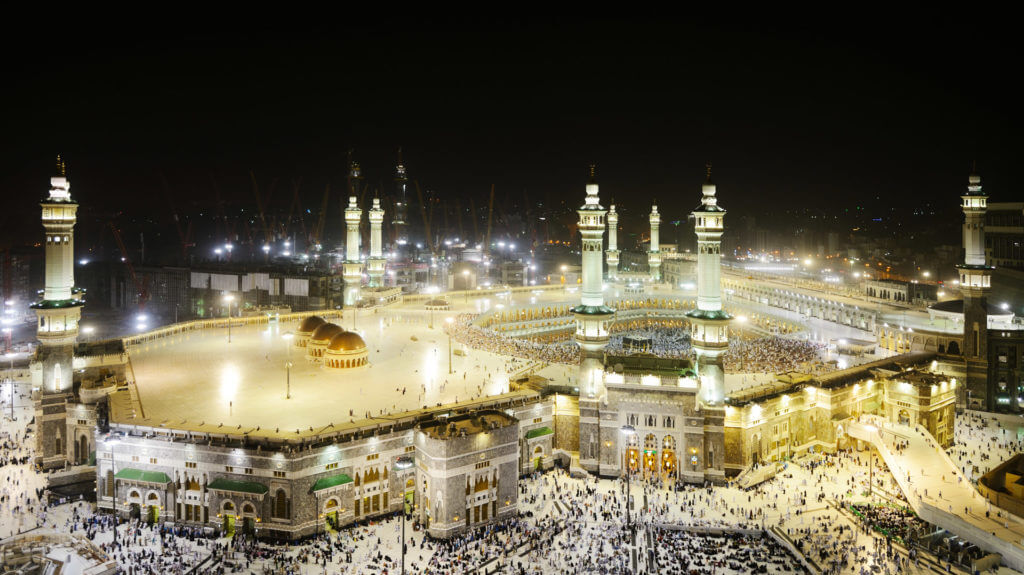
From Mecca, the headquarters of the Islamic Empire, or caliphate, shifted over several centuries under successive dynasties, to more outward-looking cities. First it went to Damascus, one of the most illustrious capitals of antiquity, where the Umayyad dynasty presided over one of the most extraordinary series of military campaigns in history, spreading the faith from the mountains of Afghanistan in the east to the shores of the Atlantic in the East. Then, from 766, the caliph Al Mansur “The Victorious” held sway in Baghdad, a brand new imperial city that became the glorious headquarters of the expanding empire under the long-lived Abbasid dynasty.
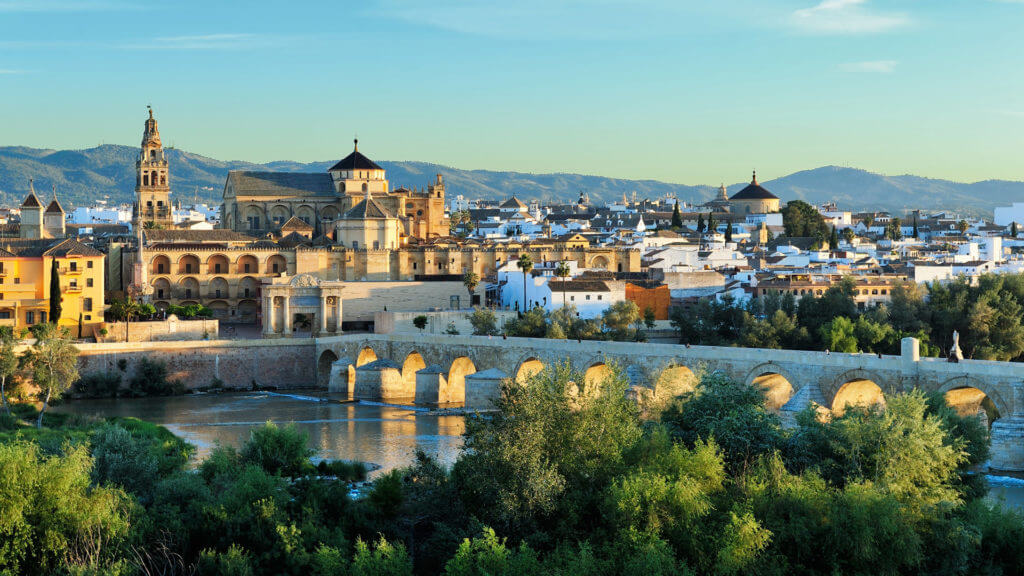
For a European Islamic interlude, we head to the enchanting city of Cordoba (Al Qurtuba, to medieval Muslims), which in the tenth century was one of the continent’s largest and richest, so magnificent that it was dubbed decus orbis, the ‘ornament of the world’, by the German nun Hrotsvitha of Gandersheim. Jerusalem is my eleventh-century city, above all for the apocalyptic scenes at the climax of the First Crusade in 1099, when Christian knights entered the sacred Al Aqsa mosque on horseback, hacked down everyone in their way and, in their own words, “rode in blood up to their bridles”. It was a decisive moment in the troubled history between Christendom and Islam.
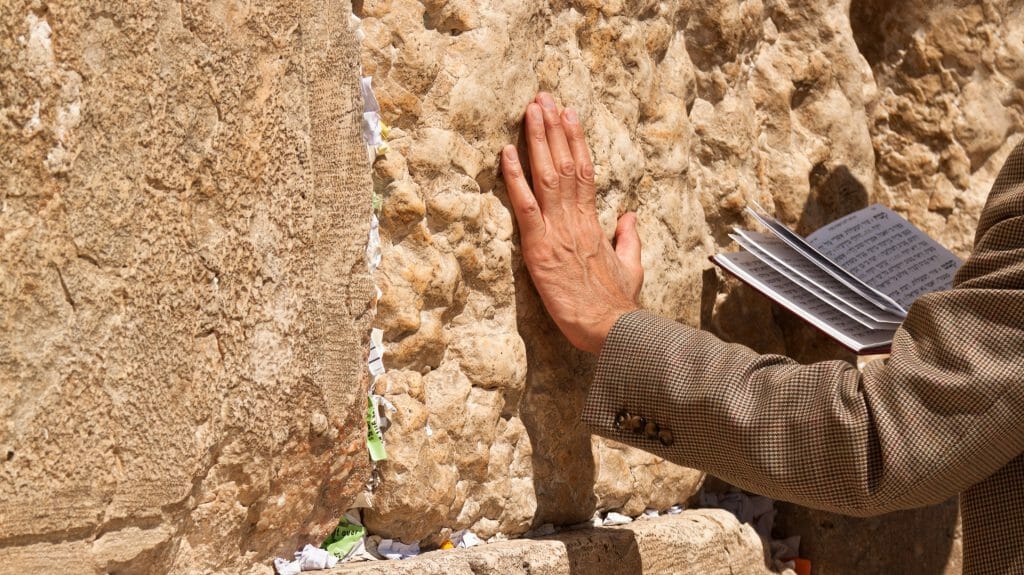
Twelfth-century Cairo, which remains one of the most exhilarating cities in the world, exacted its revenge. Its new master, Saladin, founder of the Ayyubid dynasty, retook the Holy City in 1187 and by the time of his death in 1193, the Crusader kingdoms in the Middle East were teetering on the brink of destruction. Two thousand miles to the west, meanwhile, the labyrinthine city of Fez, also known as the ‘Mecca of the West’ and the ‘Athens of Africa’ – and one of my favourite cities anywhere – was about to enter its greatest golden age under the mighty Merinid dynasty.
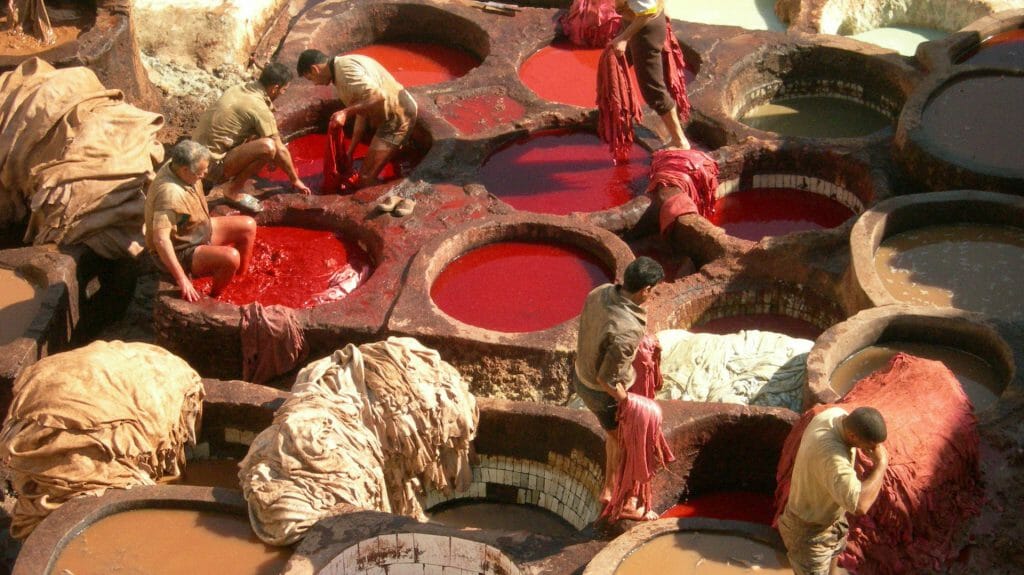
There was no competition for my fourteenth-century city. It could only ever be Samarkand, resplendent capital of the world-conquering Tamerlane, whose rampages across Asia, supposedly against the infidels, instead saw untold numbers of Muslims slaughtered in the name of jihad. In 1453, all eyes turned to Constantinople, which for 800 years Muslim armies had tried unsuccessfully to capture. When Sultan Mehmet finally stormed it on 29 May, after a brilliant and meticulous campaign, it was on its way to becoming Muslim Istanbul, one of the world’s most dazzling cities to this day.
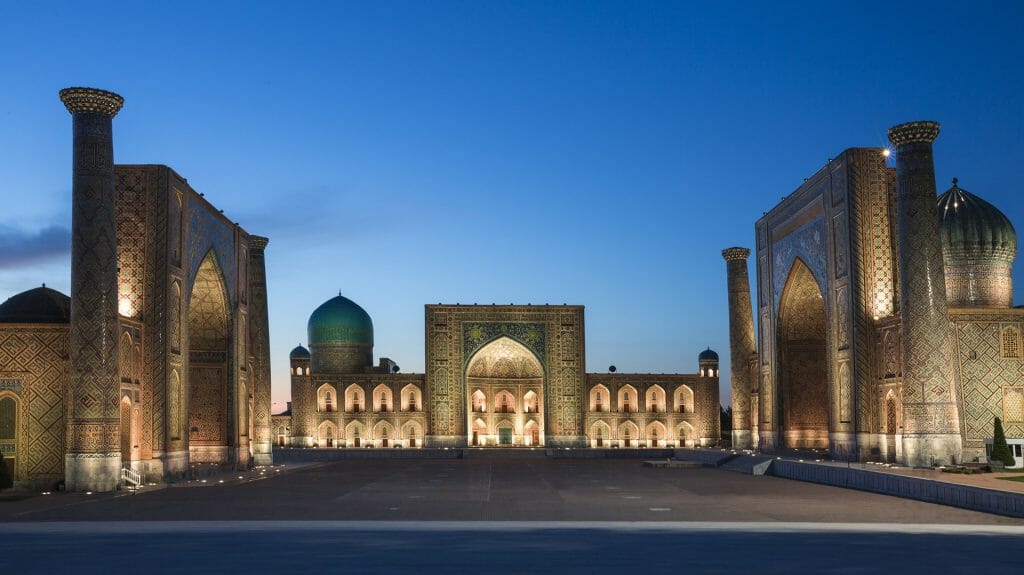
For my sixteenth century I headed into the Hindu Kush mountains of Central Asia to Kabul; not so much because it was one of the most important Muslim capitals at this time, but because its new leader Babur, great-great-great-grandson of Tamerlane, was one of the stand-out figures of his age. A hashish-smoking, wine-drinking poet, memoirist and gardener, he was also the founder of the Mughal Empire, which would last until 1857.
Isfahan, which I suspect has been a Steppes Travel classic for years, was so splendid in the seventeenth century under Shah Abbas I that it gave birth to the Iranian proverb, Esfahan nesf-e jahan, or ‘Isfahan is half the world’. It is rightly considered one of Iran’s greatest treasures.
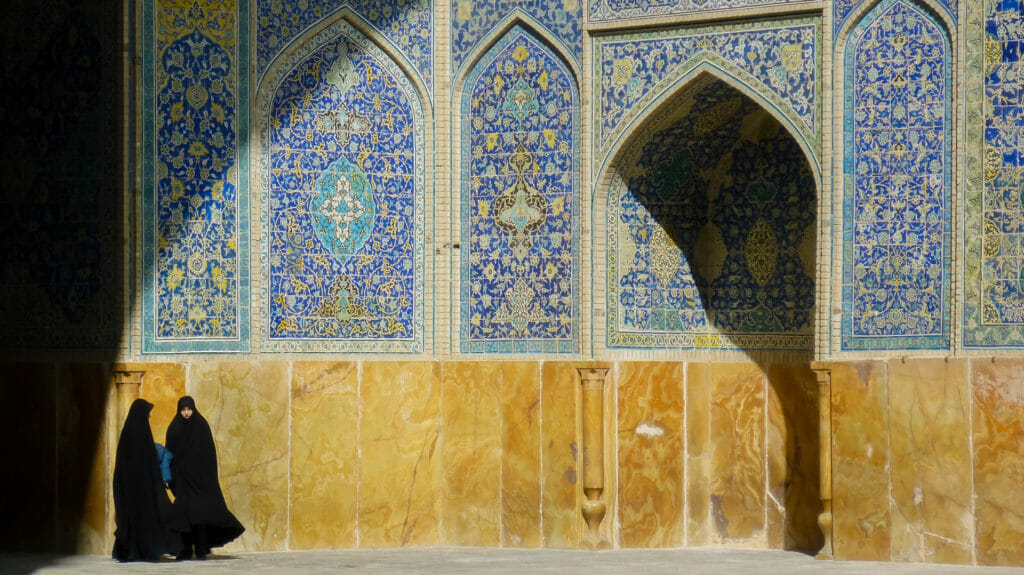
I chose the Libyan capital of Tripoli to be my eighteenth century, partly because I have always loved it ever since first visiting as a teenager, partly because I am fascinated by the pugnacious, upstart Karamanli dynasty, which seized power here from the Ottomans and somehow managed to maintain it from 1711–1835 through a combination of piracy, slave-trading and ruthlessly playing the Great Powers off against each other.
And the nineteenth century? Again, no competition. Time to travel east to the wonderful city of Beirut, where my father was born in 1938. The ‘Paris of the East’ and playground of the Levant was also the scene of frantic Ottoman and European urbanisation as Muslim East vied for influence with Christian West. The darker side of this mixed, cosmopolitan population came to the fore in 1860 when the Druze and Maronites slaughtered each other in their thousands.
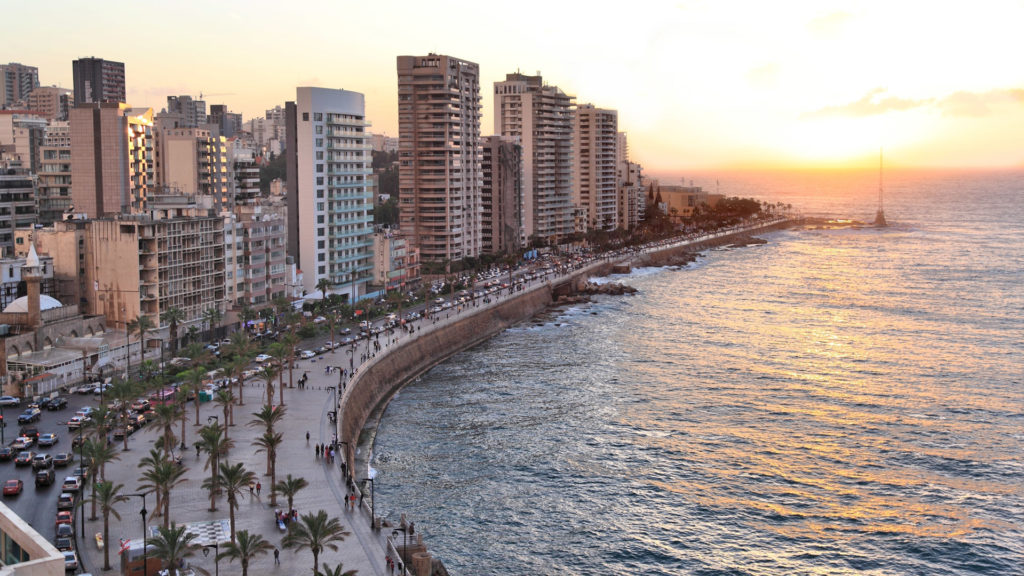
Dubai was a completely insignificant pearling and fishing village until very recently. Then the twentieth century brought a whirlwind of change when the irrepressible Maktoum dynasty, ignoring the starchy advice of cautious British advisors, bet big, dredged the Creek and reaped the rewards. “Build it and they will come,” was the approach. The Maktoums built it and the world came. And continues to come in its millions.
Our story – and Steppes Travel itinerary – ends in Doha; which may not be everyone’s cup of chai, but which is, surely, one of the most fascinating examples of urban development on earth. The Qatari capital is an urban experiment writ large, ongoing at breakneck pace, bankrolled by some of the deepest pockets in the world and attracting some of the most pre-eminent architects on earth, from the late I. M. Pei and Zaha Hadid to Jean Nouvel. It is, in fact, the ultimate rags-to-riches-in-decades story – the city triumphant.
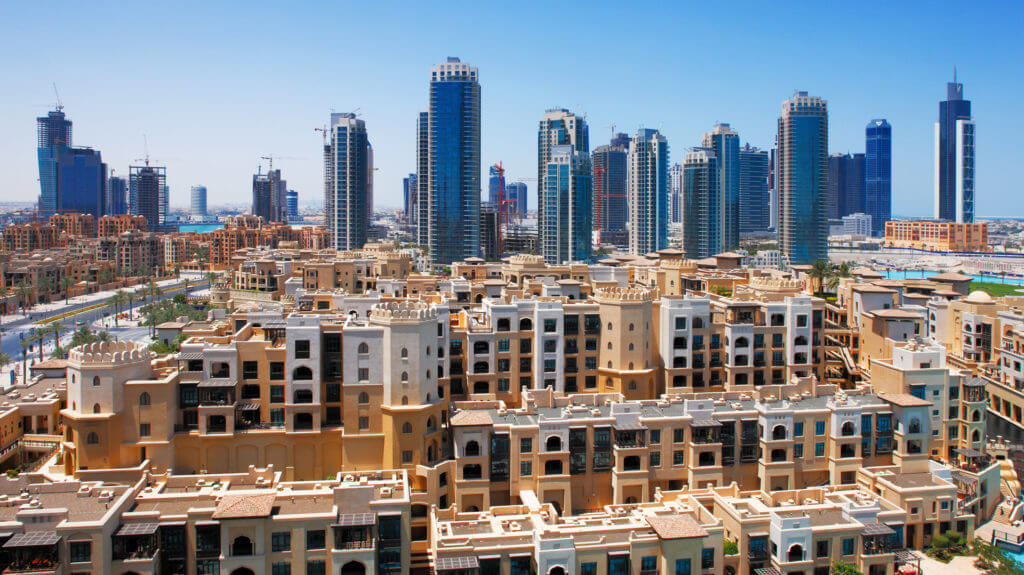
Justin Marozzi’s new book, Islamic Empires: Fifteen Cities that Define a Civilization, is published by Allen Lane.


